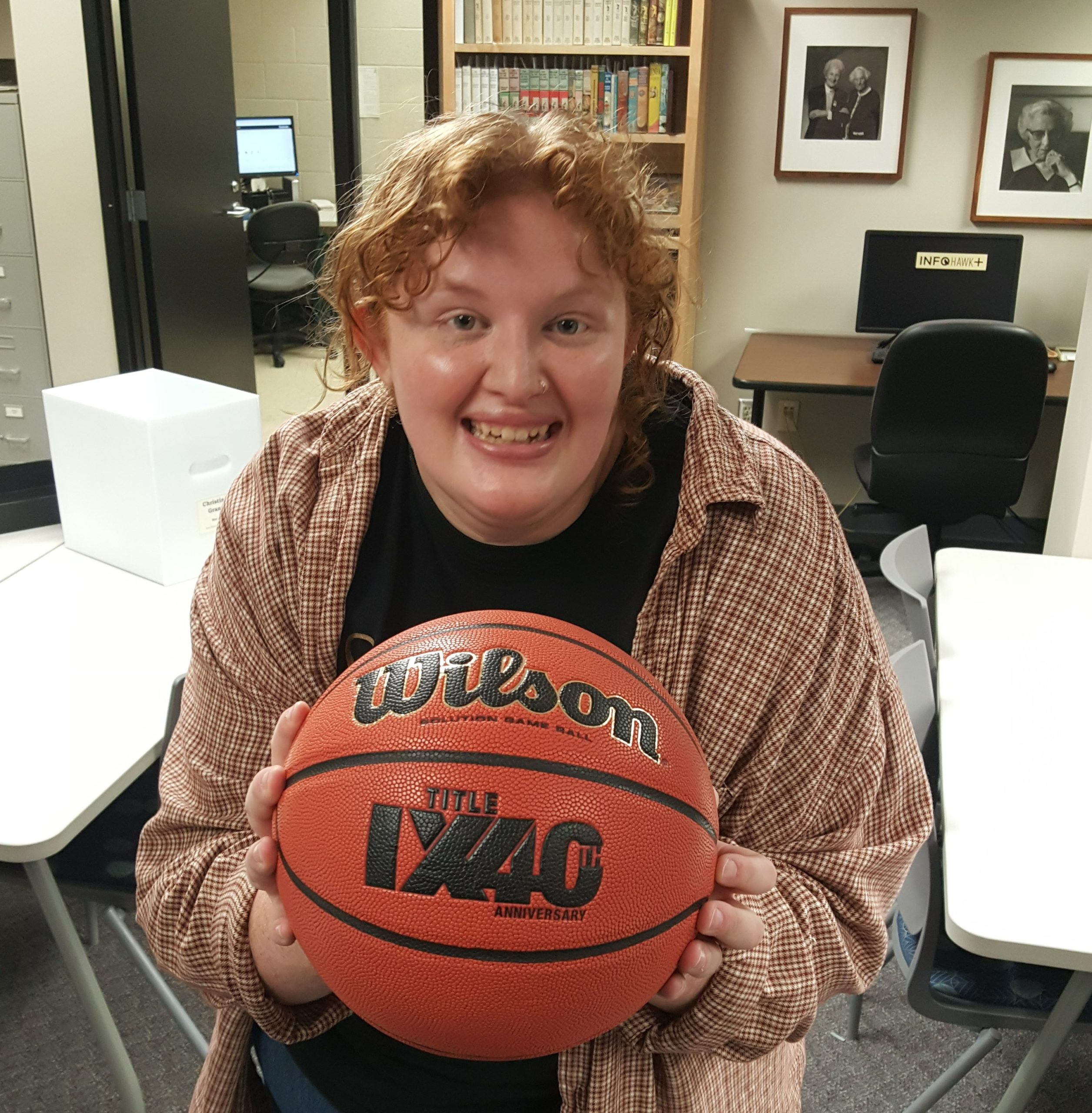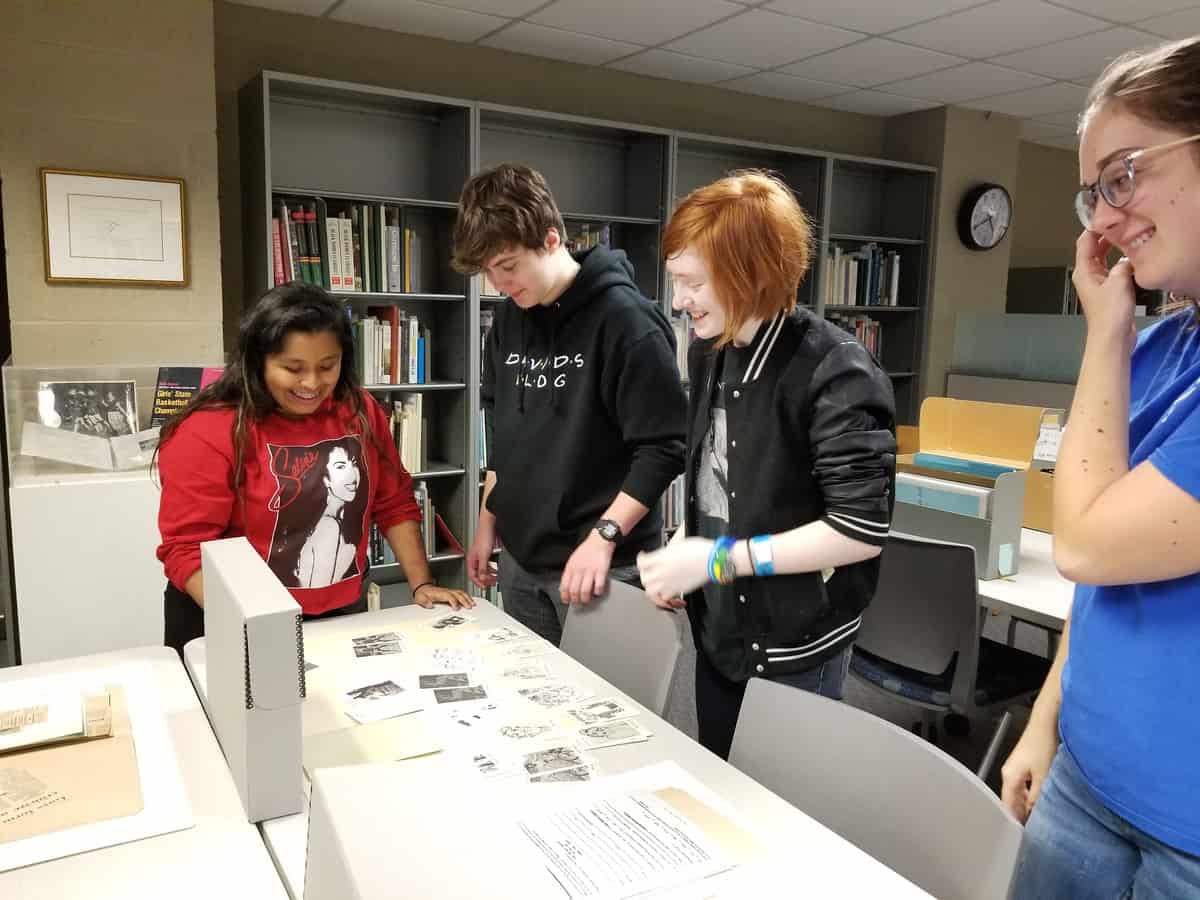The following post was written by IWA Graduate Assistant, Emma Barton-Norris. Six-on-six girls’ basketball was extremely important in Iowa, to both those who played the game and to those who made the trek to attend the annual Iowa State Championship every year. In the newly processed collection, Six-on-Six Girls Basketball in Iowa ephemera, the storiesContinue reading “Six-on-Six Basketball: Gone but Not Forgotten”
Tag Archives: High School
Activists in the Archives: Connecting High School Students with Local LGBTQ History
Guest post by Dr. Heather Cooper, Visiting Assistant Professor in History and Gender, Women’s, and Sexuality Studies During LGBTQ History Month in October 2018, I worked with the Iowa Women’s Archives and University Special Collections to organize an archives visit for students from West Liberty High School. The several students who were able to attendContinue reading “Activists in the Archives: Connecting High School Students with Local LGBTQ History”

